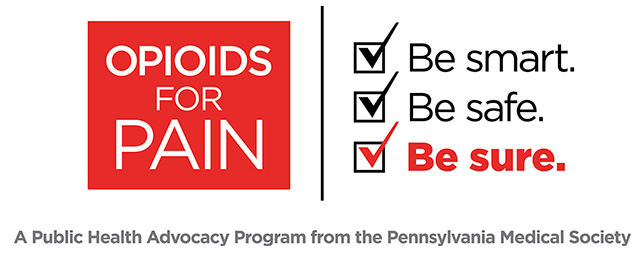An individual later diagnosed with measles traveled through Pennsylvania on May 2, 2018, stopping in Williamsport and Port Trevorton, during the patient’s infectious period. Persons infected through exposure to this case may develop symptoms now through May 23, 2018.
Measles clinical manifestations & transmission
Measles is an acute viral disease that is spread through airborne transmission of the virus or by contact with items contaminated by throat or nasal secretions. Measles disease is characterized by:
- Fever, cough, runny nose (coryza) and red, watery eyes (conjunctivitis);
- Koplik’s spots, which may appear on the buccal musoca within two or three days;
- A characteristic red, blotchy rash that appears on the face then spreads body-wide in days three through seven after symptoms onset;
- Other symptoms may include anorexia, lymphadenopathy and diarrhea (especially in infants); and
- Possible complications of measles include otitis media, pneumonia, febrile seizures, and encephalitis.
The incubation period for measles from exposure to rash onset is usually 14 days (range, seven to 21 days).
While most people are not at risk because they have been immunized or have had measles, the following groups of individuals are susceptible to becoming infected with measles:
- Anyone born since 1957 who has not received two doses of effective measles vaccine, known as MMR. This includes:
- Infants too young to have been immunized;
- Persons who were vaccinated with an inactivated vaccine, which was used from 1963 through 1967, and who have not been re-vaccinated; and
- Those who have not been vaccinated for personal or medical reasons.
- Persons whose immune systems are compromised due to disease or medication.
Infection control considerations for suspected cases of measles
The DOH requests that all health care providers maintain a high index of suspicion for measles in persons with a febrile rash illness through May 23, 2018. Because measles is highly infectious and the virus can remain airborne up to two hours, providers should strongly consider steps to minimize exposure if one of their patients is suspected of being infected:
- Advise patients who call about a febrile rash illness to minimize exposure to others;
- Should a suspected case present for care, place a mask on patient and isolate immediately;
- Arrange for exam in isolated area. The exam room should not be used for at least 2 hours after the measles suspect leaves; and
- Consider review of vaccine records or titer reports for your staff now, to ensure that only those with evidence of immunity provide care to a suspected case of measles.
If measles is suspected, the illness should be immediately reported to DOH at 877-724-3258 to facilitate consultation and to assist with diagnosis (including specimen testing through the Department of Health), tracking of contacts and initiation of control measures.
Measles Testing
The DOH urges providers to obtain the following specimens from patients who are suspected of having measles:
- Throat or nasopharyngeal swab for RT-PCR testing
- Send in viral transport media
- Ship on cold packs
- Urine for RT-PCR testing
- Collect minimum of 50 mls in sterile container
- Ship on cold packs in leak-proof container
- Serum for measles IgM and IgG testing
- Acute phase serum as soon as possible and convalescent serum 2-3 weeks later
- Collect 7–10 ml of blood in a red-top or serum-separator tube (SST)
Originally released by the Pennsylvania Department of Health on May 14, 2018.




